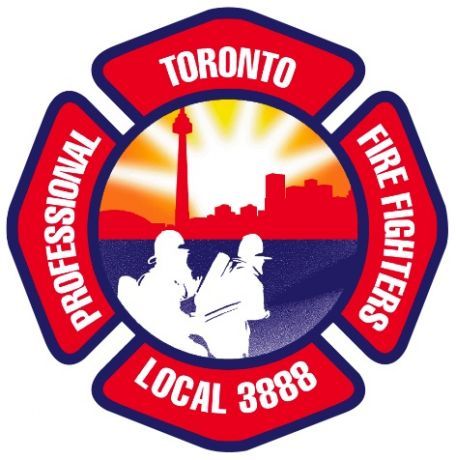Reports
You are here
Stop the attack on Toronto fire fighters

December 8, 2012
In a briefing note released on December 7, Toronto Fire chief Jim Sales indicated that major cuts are on the way for Toronto Fire Fighters. The note states that “the 2013 proposed Base Budget for Toronto Fire Services includes $12.705 million in reductions required to meet the budget target of a 0% increase over the 2012 approved budget.”
In order to meet the 0% target imposed on all departments by Mayor Rob Ford, the new budget includes cutting 104 full time jobs, removing five front line emergency response vehicles, and closing down a fire station in west-end Swansea.
Sales, a career bureaucrat who previously served as fire chief in both Edmonton and Markham, was appointed to the position of Toronto Fire chief in July and has been more than happy to comply with Ford’s attack on public services. Upon his appointment, he signaled his ideological affinity with Ford’s “end the gravy train” rhetoric by stating that Toronto Fire should be run “like a business” and that fire services across the country must “find efficiencies” in order to “do more with less.”
Fire protection is not ‘gravy’
But according to Ed Kennedy, president of the Toronto Professional Fire Fighters Association TPFFA, “The city is planning to cut an essential public safety service that citizens need, at a time when the city’s operating surplus for 2012 was $115 million. It’s ludicrous. Even if cuts are necessary, public safety should not be targeted. Fire protection is not gravy. The city should be finding ways to improve public safety, not target it.”
The TPFFA have denounced the proposed cuts, calling them “a dangerous move that will increase response times and decrease fire department capabilities.” Even former Toronto Fire chief Bill Stewart has criticized the cuts, warning that they may lead to higher insurance premiums.
According to a statement released by the TPFFA: “The city already fails to meet the National Fire Protection Association (NFPA) 1710 Standard, which states four fighters should be on scene in four minutes and 15 to 17 on scene in eight minutes in order to constitute adequate response to a two-story home. With fewer fire trucks and personnel on the frontlines, those critical targets will be met even less frequently in the affected areas.”
Cuts will fan the flames
It is difficult to see how Sales’ “do more with less” approach will help to address the findings of the 2009 Toronto Fire Services Quality Assurance Review, which found, as the TPFFA indicated above, that there are areas such as response times where Toronto Fire already lags behind other major Canadian cities. Less fire fighters, with less vehicles, will only serve to fan the flames.
Prior to this fresh round of cuts, Toronto Fire has already been struggling with staff shortages, and the union has been fighting to fill vacancies with new recruits. Last year, Toronto Fire was forced to delay two hiring classes due to a hiring freeze, with another class deferred earlier this year.
However, Toronto fire fighters challenged the freeze, which resulted in Arbitrator Russell Goodfellow finding the City of Toronto to be in violation their collective agreement with the TPFFA. Welcoming the decision, union president Ed Kennedy nonetheless estimated that two more classes would be required later in 2013 to actually maintain proper staffing levels.
Fire fighters, just like teachers, library workers, and many other public sector workers, are feeling the heat from the austerity agenda currently being waged by all three levels of government. But it will be up to rank-and-file fire fighters to take the lead in the fight against Sales and Ford’s cut and freeze budgets, in order to defend the safety of not only the public but of fellow workers.
For updates, visit the TPFFA
Section:
Topics:
- Log in to post comments










